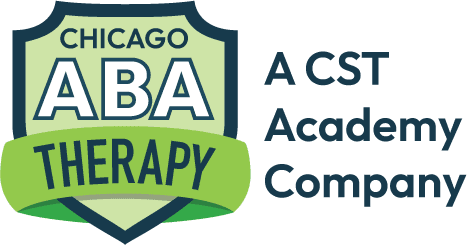Applied Behavior Analysis (ABA) therapy offers a range of techniques tailored to meet the unique needs of children with Autism Spectrum Disorder (ASD). Among these, Discrete Trial Training (DTT) and Pivotal Response Treatment (PRT) are two prominent methods utilized in pediatric ABA therapy. While both strategies aim to improve developmental skills and reduce challenging behaviors, their approaches, goals, and applications differ significantly. This article will explore the distinctions between DTT and PRT, helping parents and caregivers make informed decisions about the best therapeutic strategies for their children.
Understanding Discrete Trial Training (DTT)
Discrete Trial Training is a structured ABA technique that uses a step-by-step approach to teaching. DTT breaks down skills into small, manageable parts, each of which is taught through a series of trials. Each trial consists of three components: an instruction, a child’s response, and a consequence. The consequence might be positive reinforcement for a correct response or a corrective prompt for an incorrect response. This method is highly controlled and relies on direct instruction and frequent reinforcement to ensure learning retention.
Key Features of DTT
- Highly structured environment
- Skills broken into discrete tasks
- Uses direct instruction
- Frequent and immediate reinforcement
- Focus on repetition to ensure mastery
Benefits of Discrete Trial Training
DTT is particularly effective for teaching new skills and behaviors that do not naturally occur in a child’s behavior repertoire. It is beneficial for children who require a high degree of structure and repetition. DTT helps in building foundational skills such as imitation, compliance, and simple language.
Exploring Pivotal Response Treatment (PRT)
Pivotal Response Treatment, on the other hand, is a play-based therapy that focuses on improving pivotal areas of a child’s development. These pivotal areas include motivation, response to multiple cues, self-management, and social interactions. PRT is child-directed, and therapies are embedded in natural settings that enhance learning and generalization of skills.
Key Features of PRT
- Child-initiated activities
- Focus on pivotal areas of development
- Sessions embedded in natural environments
- Emphasis on learning through play
- Encourages initiations and self-management
Benefits of Pivotal Response Treatment
PRT is effective in developing communication, social, and behavioral skills through its focus on natural reinforcement and learning in real-world contexts. It helps increase motivation and decrease disruptive behaviors by involving children in tasks that are of personal interest and initiating communication opportunities.
Differences Between DTT and PRT
While DTT is highly structured and teacher-directed, PRT is flexible and child-directed. The primary difference lies in their teaching methods; DTT uses direct teaching through repeated trials, whereas PRT integrates learning into natural, play-based activities. Additionally, while DTT focuses on individual tasks, PRT targets broader developmental areas that impact a child’s overall growth and generalization of skills.
Choosing the right therapy for a child with ASD can be daunting. Discrete Trial Training and Pivotal Response Treatment offer different advantages depending on a child’s needs, strengths, and learning style. For those requiring structured learning and specific skill acquisition, DTT may be more suitable. In contrast, children who benefit from a more naturalistic and engaging approach might find PRT more effective. At Chicago ABA Therapy, our team of experts is dedicated to providing personalized care that considers the best therapeutic approach for each child, ensuring that they achieve their full potential in an encouraging and supportive environment.










